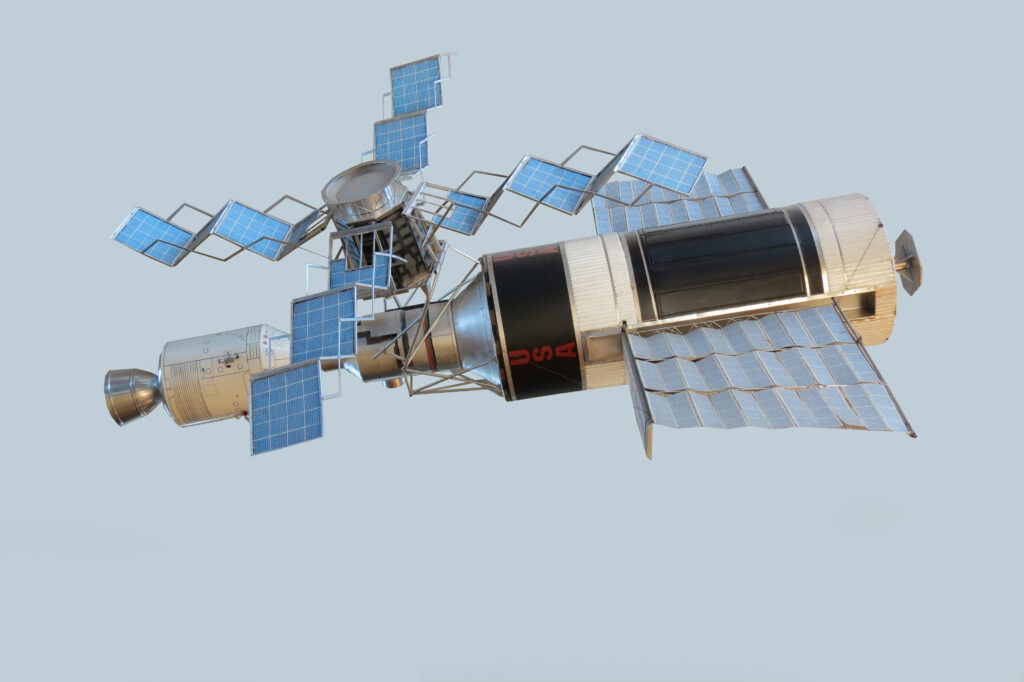On May 14, 1973, the United States launched Skylab, its first space station, marking a significant milestone in the nation’s space exploration efforts. Developed by NASA, Skylab was designed to serve as an orbiting laboratory, enabling astronauts to conduct scientific research, perform experiments, and study the effects of prolonged spaceflight on the human body.
Skylab was launched from the Kennedy Space Center atop a Saturn V rocket, the same type of rocket that propelled Apollo missions to the Moon. The space station consisted of multiple components, including a workshop, solar observatory, and living quarters for its astronaut crews. Skylab was equipped with a variety of scientific instruments, allowing astronauts to study solar astronomy, Earth resources, and the behavior of materials in microgravity, among other research areas.
Over its operational lifetime, Skylab hosted three manned missions, known as Skylab 2, Skylab 3, and Skylab 4. The longest mission, Skylab 4, lasted 84 days, providing invaluable data on the physiological and psychological effects of long-duration space missions.
Skylab’s time in orbit came to an end in 1979 when the space station re-entered Earth’s atmosphere and disintegrated, with some debris falling in the Indian Ocean and Western Australia. The knowledge gained from Skylab missions laid the groundwork for future space stations, such as the Russian Mir and the International Space Station, which continue to advance our understanding of space and the potential for human exploration beyond Earth.
References:
https://www.nasa.gov/feature/skylab-america-s-first-space-station




